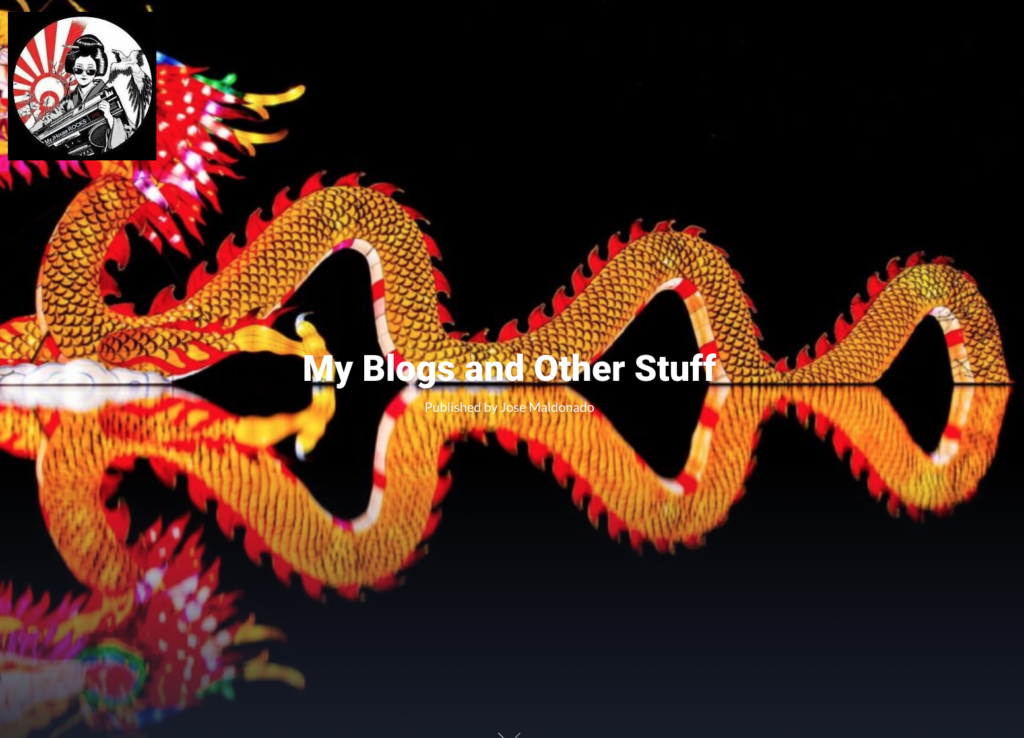The semester had barely begun when my colleague, Professor Tineke D’Haeseleer (History) tweeted:

This was the tweet we all needed, after a day when the videoconferencing platform was down, along with the media platform in Canvas! No sweat for Professor D’Haeseleer, who centers Domain of One’s Own in her online pedagogy. This post spotlights her work with Domains and the exciting ways her students are beginning to build their digital presence–not only in the course featured in this post, “People and their stuff in Chinese history,” but across all of her courses. For Professor D’Haeseleer, blogs are central to the ways she aims to create and expand a community of explorers and writers.
Professor Tineke D’Haeseleer opened her course, “People and their stuff in Chinese history,” a week prior to the start of the semester. Built entirely on her own domain, which she’s been growing and evolving since she connected with the Berg Builds initiative in her first year at Muhlenberg, Professor D’Haeseleer’s course invites students to participate as co-creators in the online learning environment. As they construct their own domains, students expand the digital ecology of the course, guided by weekly assignments that critically engage and reflect upon course readings and materials. Deep engagement with Domain of One’s Own is one of the fundamental ways that Dr. D’Haeseleer creates opportunities for students’ “thoughtful participation in the learning community.”
By the first week, students were already digging into their domains. The night before the semester officially started, Jose Maldonado published his first post and a welcome on his site, http://josethenotjose.bergbuilds.domains/. “Hello everyone! My name is Jose Maldonado and I live in the suburbs of Chicago. This site is, for now, a blog for my People and their stuff in Chinese History course at Muhlenberg College. I hope to not only learn about Chinese history but to also manage websites and properly broadcast my thoughts/ideas.”

With guidelines for their very first post from Professor D’Haeseleer, students learn to insert an image and a hyperlink, add it to a category, and add tags–skills they will need for later posts. What better way to initiate this practice than with Growth Mindset Cats! In their first post assignment, students are pointed to http:/growthmindsetmemes.blogspot.com/p/cat-index.html where they must find a Growth Mindset cat that speaks to them and write about how it resonates. Along the way, students also learn about captions, Alt text for accessibility, and categories.
You can check out Jose’s blog (URL above) and Professor D’Haeseleer’s course here: https://hst137.tdh.bergbuilds.domains/week1/.
Leave a Reply